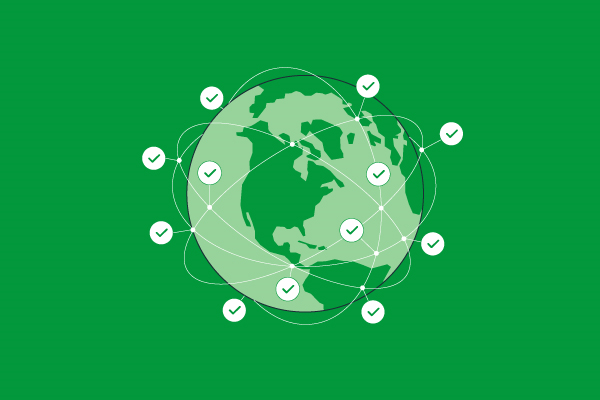Russia is, what their situation in Europe is concerned, a stranger it our midst. It’s part European, it’s part Asian, but above all it’s Russia. It is one of those countries that together with the United States, China, and the United Kingdom dominate international politics, economy, and sports.
More than 143.7 million people live in Russia, which makes it the 9th biggest country in the world. Slightly more than 45% of all Russian people is between 25 and 54 years old. In early 2014, 59% of the adult population (69 million people) had access to the Internet, making Russia Europe’s number one in terms of Internet users.
Ecommerce customers in Russia
Russian consumers generally distrust the safety of online transactions and, in certain cases, the honesty of online retailers. That’s why cash on delivery is the main payment method (around 80%), as far as physical goods are concerned. Bank cards aren’t used very often for purchases even in brick and mortar stores, but online it also represents a low part of total online consumer spending. The most popular local electronic currencies are Yandex Money, Webmoney, etc. 93% of all domestic purchases made online are cash-on-delivery, according to SPSR Express.
In 2013, according to InSales, the largest product categories in Russian e-commerce were (ranked in order): household appliances and consumer electronics, clothes and shoes, computers and notebooks, car spare parts, mobile phones, furniture and interior, B2B equipment and construction materials. Note that for example car spare parts (€355.7 million) is a way more popular product category in Russia than books and DVDs (€89 million). SPRS Express states that electronics and fashion represent 57% of total online spending.
The e-commerce market in Russia
According to Moscow’s Data Insight, Russia has a 10.4 billion euro e-commerce market in 2013, up 27 percent from 2012. This represented a mere 2% of the total retail market. Morgan Stanley forecasts the Russian e-commerce sector to grow 35% annually to 2015, reaching 4.5% of total retail sales. According to East-West Digital News, the Russian e-commerce sector could grow to 35 billion to 50 billion euros by the end of this decade and exceed 75 billion euros in ten years.
Big online stores in Russia
The biggest player in the Russian market is Ulmart.ru, with a diversified assortment from electronics to items for the home and garden. Its 2013 turnover reached an estimated 420 billion euros, not including VAT or an important fraction of sales via offline. Among the other important players are Ozon, which can be seen as a Russian equivalent of Amazon, KupiVIP (a copycat of Venteprivee.com), group buying platform Biglion, platform Avito and the online properties of the German Otto Group.(From Ecommerce News)












Comments are closed.